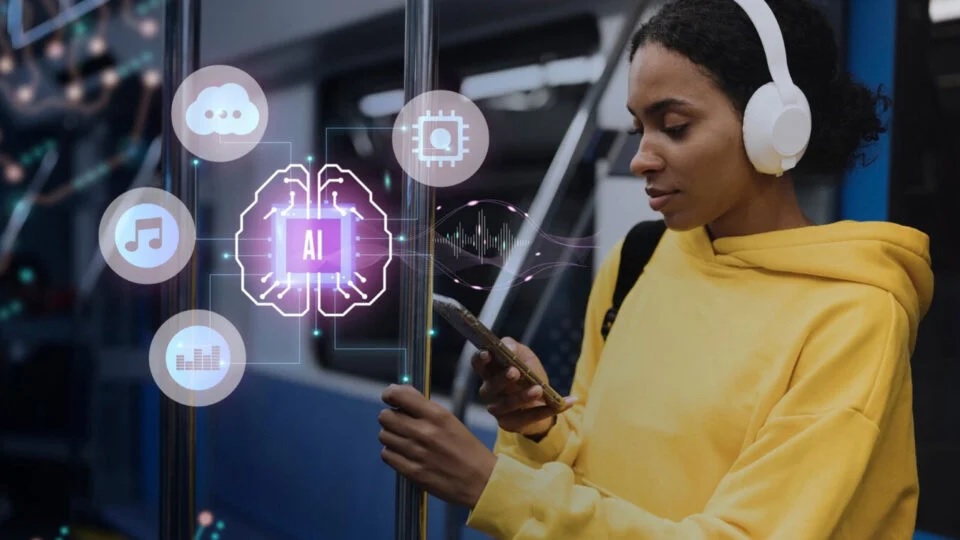What challenges have you faced in implementing AI at Zendesk and how have you overcome them?
I believe that across the industry, businesses have made AI hard to make, understand and use. Up until OpenAI released ChatGPT it was accepted that AI was a highly technical field that required long implementation processes and specialised skills to maintain. But AI should be easy to understand, train and use – that’s something we’re very passionate about at Zendesk, and we absolutely need to have that into account when we develop new features.
AI is a shiny, new tool but those looking to implement it must remember that it should be used to solve real problems for customers, especially now with the advent of generative AI. We also need to remind ourselves that the problems we are solving today have not changed drastically in the last few years.
As AI becomes a foundational tool in building the future of software, companies will have to develop the AI/ML muscle and enable everyone to build ML-powered features which requires a lot of collaboration and tools. An AI strategy built upon a Large Language Model (LLM) is not a strategy. LLMs are very powerful tools, but not always the right one to use for every single use case. That’s why we need to assess that carefully as we build and launch ML-powered features.
How do you ensure that the use of AI is ethical and aligned with customer needs and expectations?
As beneficial as AI is, there are some valid concerns. At Zendesk, we’re committed to providing businesses with the most secure, trusted products and solutions possible. We have outlined a set of design principles that sets a clear foundation for our use of generative AI for CX across all components, from design to deployment. Some examples of how we do this include ensuring that training data is anonymised, restricting the use of live chat data, respecting data locality, providing opt-outs for customers, and reducing the risk of bias by having a diverse set of developers working on projects.
What advice do you have for companies looking to incorporate AI into their customer experience strategy?
At Zendesk, we believe that AI will drive each and every customer touchpoint in the next five years. Even with the significant progress ChatGPT has made in making AI accessible, we are still in the early stages and must remain grounded in the fact that LLMs today still have some limitations that may actually detract from the customer experience. When companies use AI strategically to improve CX, it can be a powerful tool for managing costs as well as maintaining a customer connection. Having said that, there is no replacement for human touch. AI’s core function is to better support teams by managing simpler tasks, allowing humans to take on more complex tasks.
While it’s important to move with speed, companies seeking to deploy AI as part of their CX strategy should be thoughtful in the way it’s implemented.
To Know More, Read Full Interview @ https://ai-techpark.com/implementing-ai-in-business/
Related Articles -
Deep Learning in Big Data Analytics
Other Interview - AITech Interview with Neda Nia, Chief Product Officer at Stibo Systems











